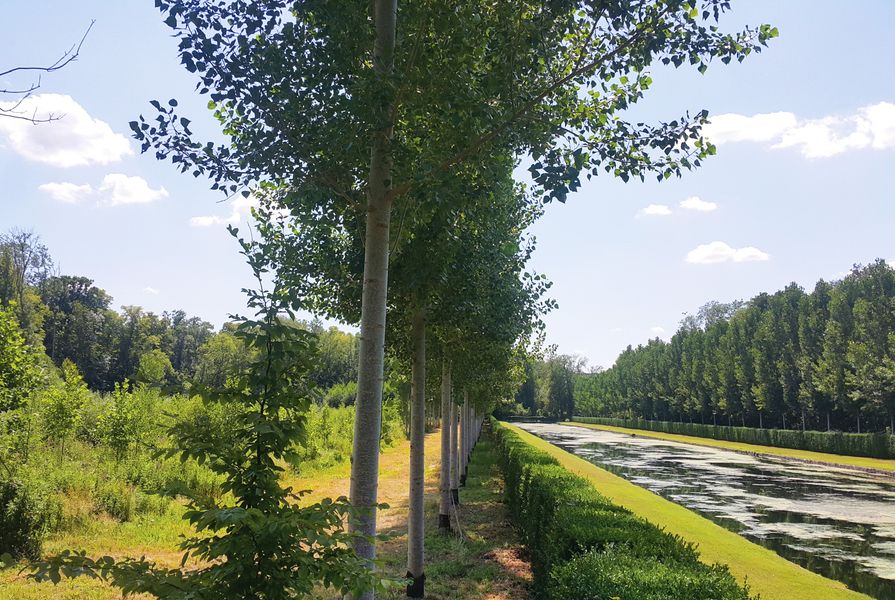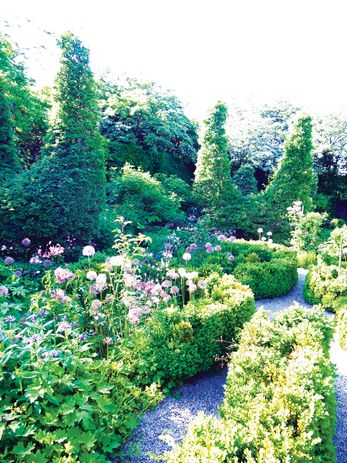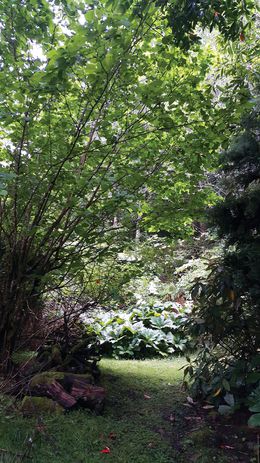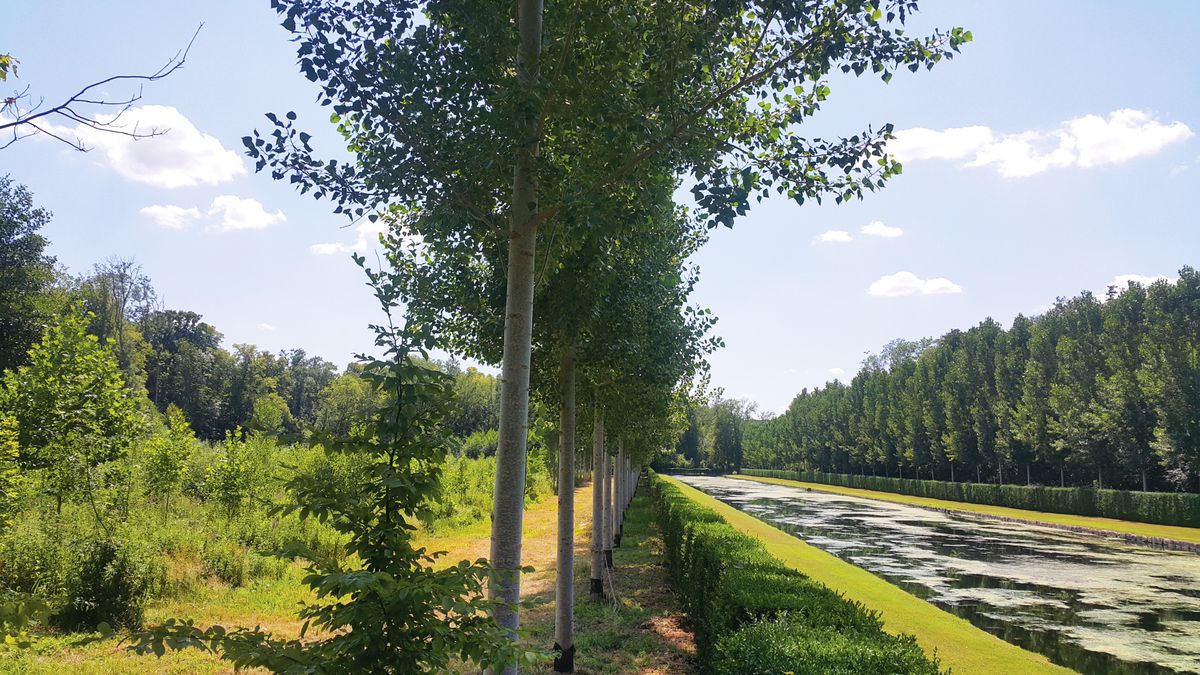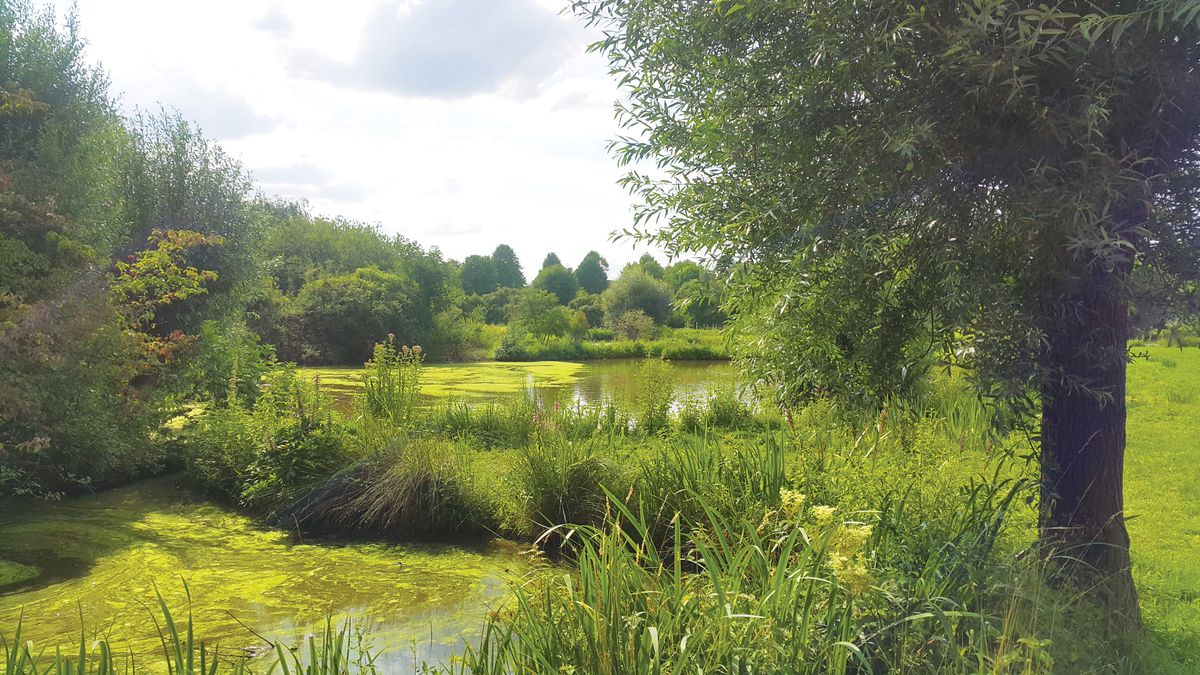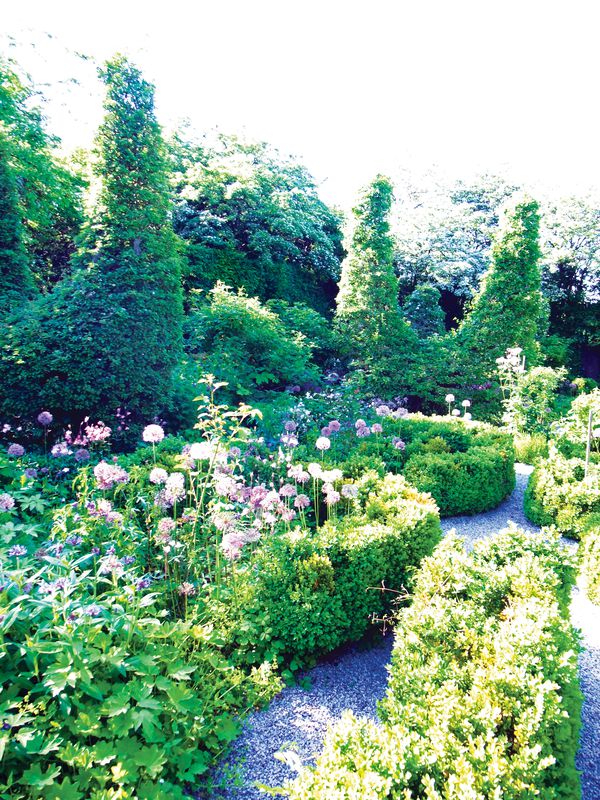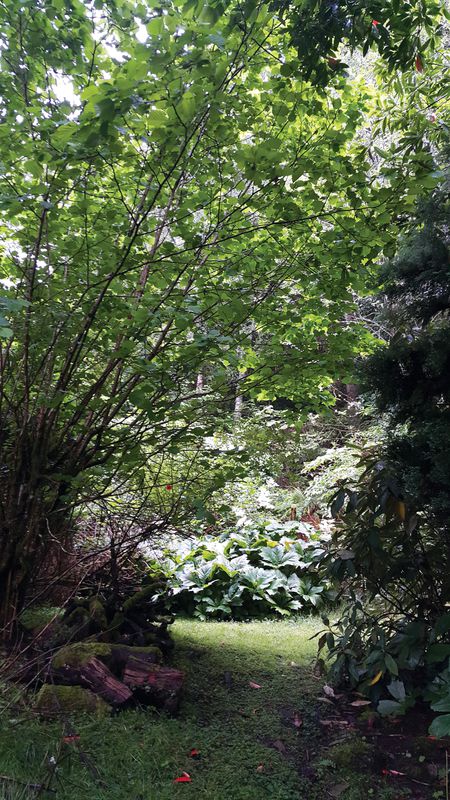Image:
Julian Raxworthy

In his book Overgrown: Practices between Landscape Architecture and Gardening, Julian Raxworthy, a Dubai-based landscape architecture academic well known in his native Australia, explores what could be considered one of the “elephants in the room” for the discipline of landscape architecture – the prediction of the form and performance of plants through time. Can a landscape architect really predict these with confidence and on what basis?
As Fiona Harrisson writes in her foreword, in its efforts to gain professional standing over the past century, landscape architecture has chosen to sever its roots from gardening. She describes this book as “an invitation for landscape architects to get out of the office and get their hands dirty.” Raxworthy argues that the profession severing its connection with gardening has been unhelpful, and that a fresh look at the lessons of gardening practice in relation to landscape architecture during the twentieth and early twenty-first centuries will assist it to move forward and address the challenges of the future. A gardener himself before turning to landscape architecture, Raxworthy freely and confidently explores all the tensions, both technical and social, that exist between the two roles by comparing their roles in a series of very detailed, reflective case studies across space and time – from the formalism of André le Notre’s designs for Versailles and Vaux-le-Vicomte, through the romanticism of Humphrey Repton’s English picturesque, to the mannered modernism of Dan Kiley’s mid-twentieth century projects in the United States, in particular the Miller Garden. The flamboyant abstraction of Roberto Burle Marx’s Brazilian projects and the experimentation of Sven-Ingvar Andersson’s home garden in Sweden are also analysed.
Raxworthy not only explores the stories of the landscape architects’ or designers’ approach to and use of plants, he also introduces us to the stories of the gardeners who have cared for and often remade these iconic sites over time, exploring how they face the on-site, real–time dilemmas arising from plant survival and change. To ballast his argument, Raxworthy includes other stories, such as those of Druimchardain in Perthshire, Scotland and Insel Hombroich near Düsseldorf in Germany.
The “henyard” in Swedish landscape architect Sven Ingvar Andersson’s garden laboratory, Marnas, in Sweden in 2010.
Image: Julian Raxworthy
These tales are fascinating in themselves. Did you know that Kiley’s honey locust allée at the Miller House – that icon of modernism – has been replaced three times already? Have you been introduced to the issues confronting the current management of Burle Marx’s home garden, his “laboratory” – that is, whether to preserve it as he left it or maintain it as a place for experimentation, as he would if alive now? Raxworthy describes each case and usefully, even exhaustively, theorizes the issues that are particular to the site through a review of relevant writings.
Not only are these issues common to the everyday experience of any reflective practitioner in landscape architecture, they are the issues that grow in relevance with experience. Now in my fifth, coming up sixth decade of practice as a designer, every few years I visit projects completed decades ago to assess how they are performing over time, and have even considered preparing a summary of lessons learnt about what does and doesn’t work in practice and why. I am sure I am not alone. It is through such systematic analysis of practice and the lessons it presents that any profession moves forward. In Australia, where so many of our indigenous and particularly endemic plants are yet to be developed horticulturally, used in design and managed more skilfully, much more such work is needed. Alas for us and perhaps typically, no Australian cases are included in this volume. Raxworthy has studied instead, cases that are recognised globally, his research funded by a grant from the Graham Foundation for Advanced Studies in the Fine Arts. This shortfall presents a challenge for the future, not only for him but also for the profession in Australia which, to be worthy of its status as a profession, I argue should be supporting and publishing such research itself.
A glimpse through an opening at Druimchardain in Scotland, created by owner and gardener G. F. Dutton using only “marginal” effort.
Image: Julian Raxworthy
What Raxworthy does provide, both throughout the book and in summary in his conclusion, is an argument for and a manifesto around a form of practice that he calls “the viridic,” a “unique material language for landscape architecture as distinct from architecture” to deal with the reality of designing with and for plants as living, adapting beings.
That manifesto asks landscape architecture to move beyond its strategic and often plan-based abstractions – the language necessitated by its relationship with its peer disciplines in the construction field – to embrace the tactical world of the gardener in which decisions are made on the basis of what actually happens day-to-day and week-to-week in the living world of soils, weather, water and the like. It lays out twelve principles for design that include making maintenance (or management) explicit, treating plants’ environments as living ecologies and embracing the idea of planted environments as laboratories for learning. Landscape architects are asked to go beyond design and construction to embrace and expand the notion of the maintenance manual. This has the potential to ensure that we, as designers, and/or our trusted agents (ho he calls gardeners) are in there after construction, providing feedback loops that influence decisions through time. The fact that all this would require a change to standard models of practice is presumed and the profession at large is presented with that challenge.
As with so many books that advance professional knowledge, Overgrown was developed from the author’s doctoral research. The product of many years’ work, it provides a framework for Raxworthy and others to investigate and analyse many more cases, including ones in Australia. While this book has concentrated on the garden as a specialized field independent of so many of the programmatic constraints that typify contemporary landscape architectural practice, there is plenty of room to explore further and extend its arguments. This could extend to the public domain, including into the emerging worlds of ecological reconstruction, natural system restoration and so-called green infrastructure, where the environmental manager rather than the gardener rules. Their stories are just beginning.
Overgrown: Practices between Landscape Architecture and Gardening. Julian Raxworthy, MIT Press 2018, RRP $AUD 69.99.
Source
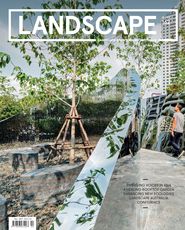
Review
Published online: 26 May 2019
Words:
Catherin Bull
Images:
Julian Raxworthy
Issue
Landscape Architecture Australia, May 2019

